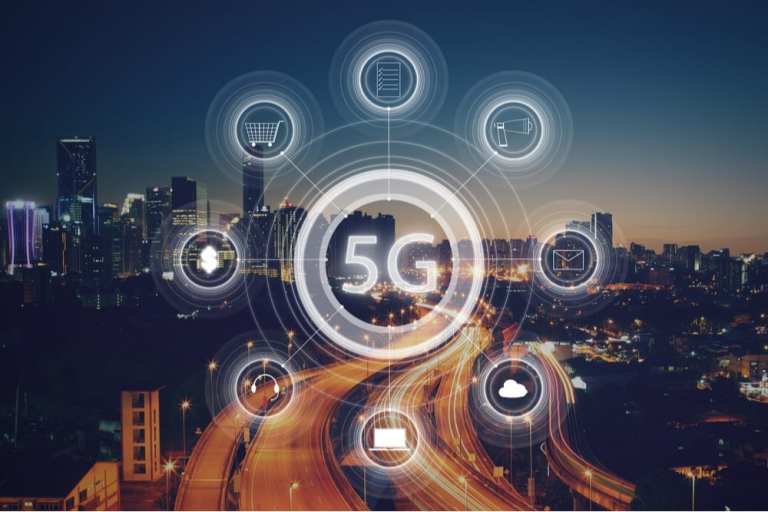Nokia Launches Private 5G For Businesses

Industrial clients of Nokia will now have access to industrial-grade 5G standalone (SA) private wireless network solutions, according to a press release.
The solution will help clients meet the needs of their most demanding industrial and manufacturing use cases, the release says.
According to Nokia Enterprise president Raghav Sahgal, the introduction of 5G has “set a new standard for our enterprise customers with a world-class lineup of private wireless solutions to meet their digitalization needs, no matter their entry point or connectivity requirements,” the release says.
“Private wireless connectivity is central to our customers realizing their long-term digital transformation goals. By delivering 5G SA, we’re paving the way to accelerate digitalization in the most demanding of use cases such as automotive manufacturing, where cloud, robotics and autonomous machine operations create mission-critical demands for reliable low latency and high data rate.”
The new solutions will reportedly offer some flexibility, with customers being able to choose between using the Nokia Digital Automation Cloud, which is a plug-and-play system with automation enablers, and more customizable needs with the Nokia Modular Private Wireless.
By implementing the new 5G services, the release says Nokia will be enabling other partners to speed up the validation of 5G services themselves, which will hopefully help boost the development of more applications and integrations of the technology into modern society and tech as it continues to evolve.
That could help out with the potential lag in 5G implementation spurred by the COVID-19 pandemic. The pandemic forced officials to put shutdowns and travel restrictions in place, which officials with Nokia and other providers like Huawei and Ericsson said might dampen supply and service delivery, according to a PYMNTS report, and spending was cut as revenues lagged.
Saghal said he knew the current 4.9G/LTE system would likely be in place for “some time,” but he hoped to use the new announcement to offer 4.9G for now but evolve to 5G as the ecosystem readies itself, or go directly to 5G — whichever works better for the individual client, the release says.